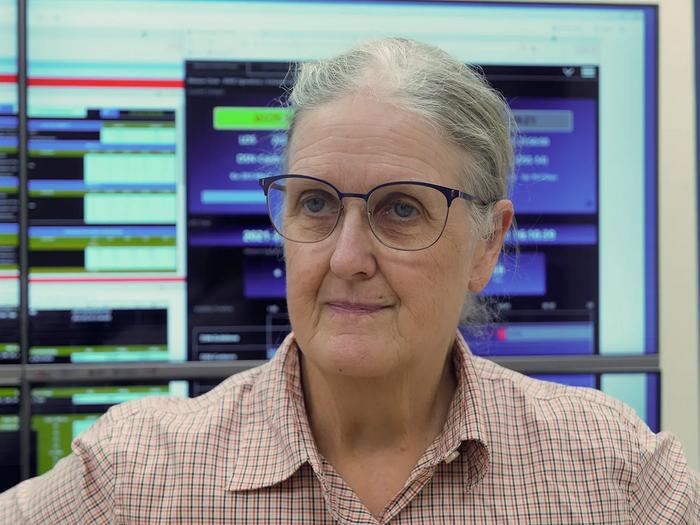-
Webb Telescope’s Marcia Rieke awarded Catherine Wolfe Bruce Gold Medal
image: Marcia Rieke, Regents’ Professor of Astronomy at the University of Arizona and principal investigator for the near-infrared camera on the James Webb Space Telescope. view more Credit: Credit: George Rieke / UAZ Dr. Marcia Rieke, principal investigator for the Near-Infrared Camera on NASA’s James Webb Space Telescope is the Astronomical Society of the Pacific’s (ASP) 2023 recipient of…
-
Comets that ‘bounce’ from planet to planet could spread life across the universe
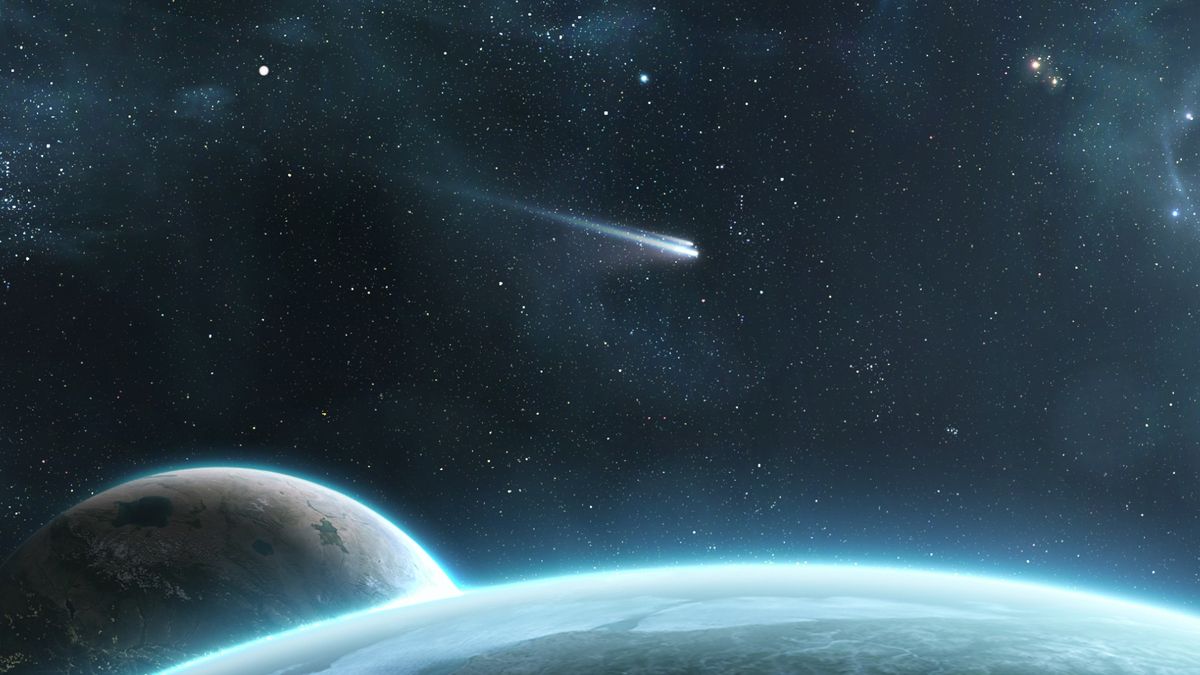
Scientists suspect that comets may have delivered the organic ingredients necessary to cook up life on Earth, and new research shows how exoplanets could have received these special deliveries from comets, too. In its early history, Earth was bombarded with impacts from asteroids, comets and other cosmic bodies leftover from the formation of the solar…
-
‘Bouncing’ comets may be delivering the seeds of life to alien planets, new study finds
The origin of life is one of the greatest scientific mysteries in the universe. Currently, there are two prevailing theories as to how it happened on Earth: The ingredients for life emerged from a primordial soup on our planet, or the molecules necessary for life were “seeded” here from elsewhere in the cosmos. With the…
-
Mysterious ‘Tasmanian devil’ space explosion baffles astronomers
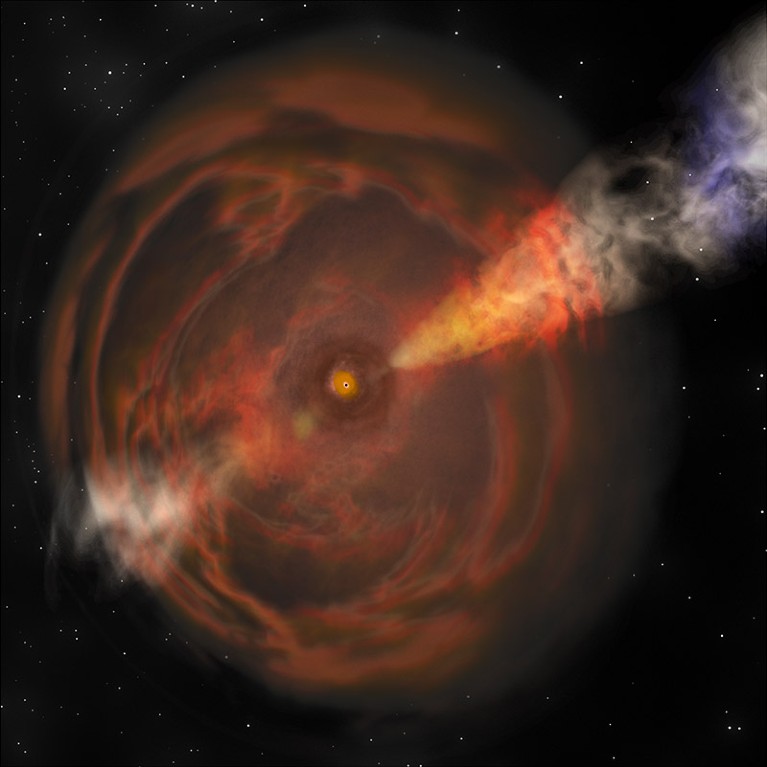
An artist’s impression of an LFBOT explosion.Credit: Bill Saxton, NRAO/AUI/NSF An explosion in space nicknamed the Tasmanian devil has confused astronomers by flashing at peak brightness more than a dozen times, months after the initial event. The observation, while posing new questions, could help to narrow down what might cause such explosions, which are known…
-
Sultan bin Ahmed witnesses Astronomy and Space Sciences Conf 14

Sharjah24: In cooperation with the University of Sharjah and the Sharjah Academy For Astronomy, Space Sciences and Technology, Sheikh Sultan bin Ahmed bin Sultan Al Qasimi, Deputy Ruler of Sharjah and President of the University of Sharjah, witnessed, on Wednesday morning, the opening of the 14th Arabic Conference of the Arab Union for Astronomy and…
-
SO2, silicate clouds, but no CH4 detected in a warm Neptune
Abstract WASP-107b is a warm ( ~ 740 K) transiting planet with a Neptune-like mass of ~ 30.5 M⊕ and Jupiter-like radius of ~ 0.94 RJ 1,2 whose extended atmosphere is eroding 3. Previous observations showed evidence for water vapour and a thick high-altitude condensate layer in WASP-107b’s atmosphere 4,5. Recently, photochemically produced sulphur dioxide (SO2) was detected in the atmosphere…
-
Penn State Astronomer Alexander Wolszczan named Atherton Professor
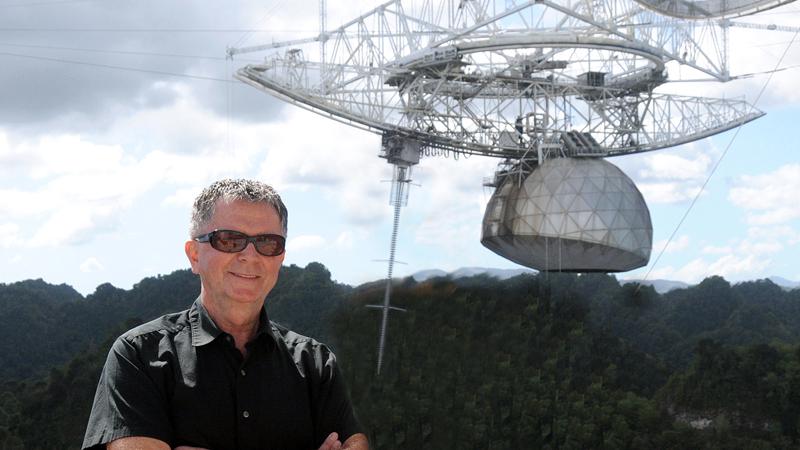
UNIVERSITY PARK, Pa. — Alexander Wolszczan, Evan Pugh Professor of Astronomy and Astrophysics, has been honored by Penn State with the title of Atherton Professor, effective Jan. 1, 2024, on his retirement. The University created the Atherton Professorship to recognize the continuing high level of scholarly or creative activity Evan Pugh University Professors may pursue…
-
Astronomy Club hosting lecture on gravitational waves
QUINCY — The Quincy Astronomy Club will present a public lecture on gravitational waves starting at 7 p.m. on Thursday. The lecture, titled “Gravitational Waves and Things That Go Bump In The Night,” will be hosted at John Wood Community College in room D022/023. Dr. Randy Wolfmeyer, JWCC professor of astronomy, will be the lecturer.
-
Frank Borman fell in love with flight and that led him to the stars

Frank Borman takes a phone call from President Lyndon Johnson. Last week’s passing of Frank Borman, who led humanity’s first circumnavigation of the Moon, reduces the surviving number of Apollo lunar voyagers to eight. Aged 95, Borman was the oldest living space traveller, an uncomplicated military man of grit, tenacity and unswerving devotion to the…
-
Dedicated Amateur Astronomer Makes Rare Pair of Asteroid Discoveries
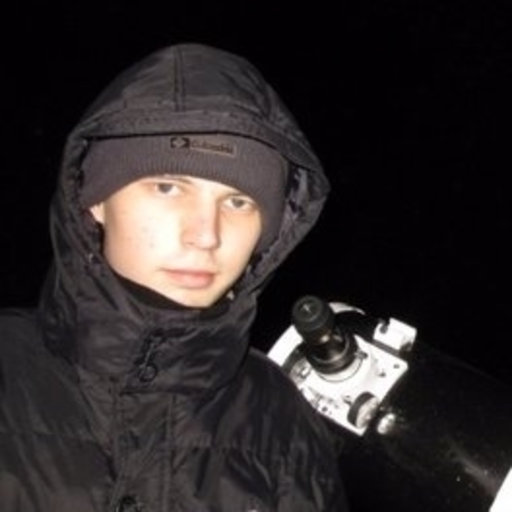
Two recent asteroid discoveries made by an amateur astronomer highlight what is possible, with access to the right equipment. When it comes to hunting for new astronomical discoveries these days, the competition is stiff. Gone are the days of the lone astronomer with a telescope perched on a lonely hilltop, patiently sweeping the skies looking…
